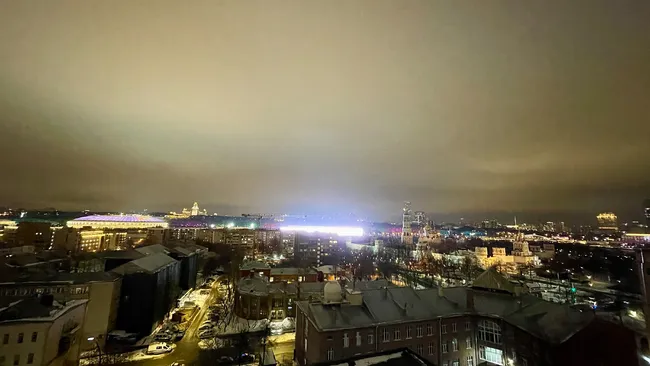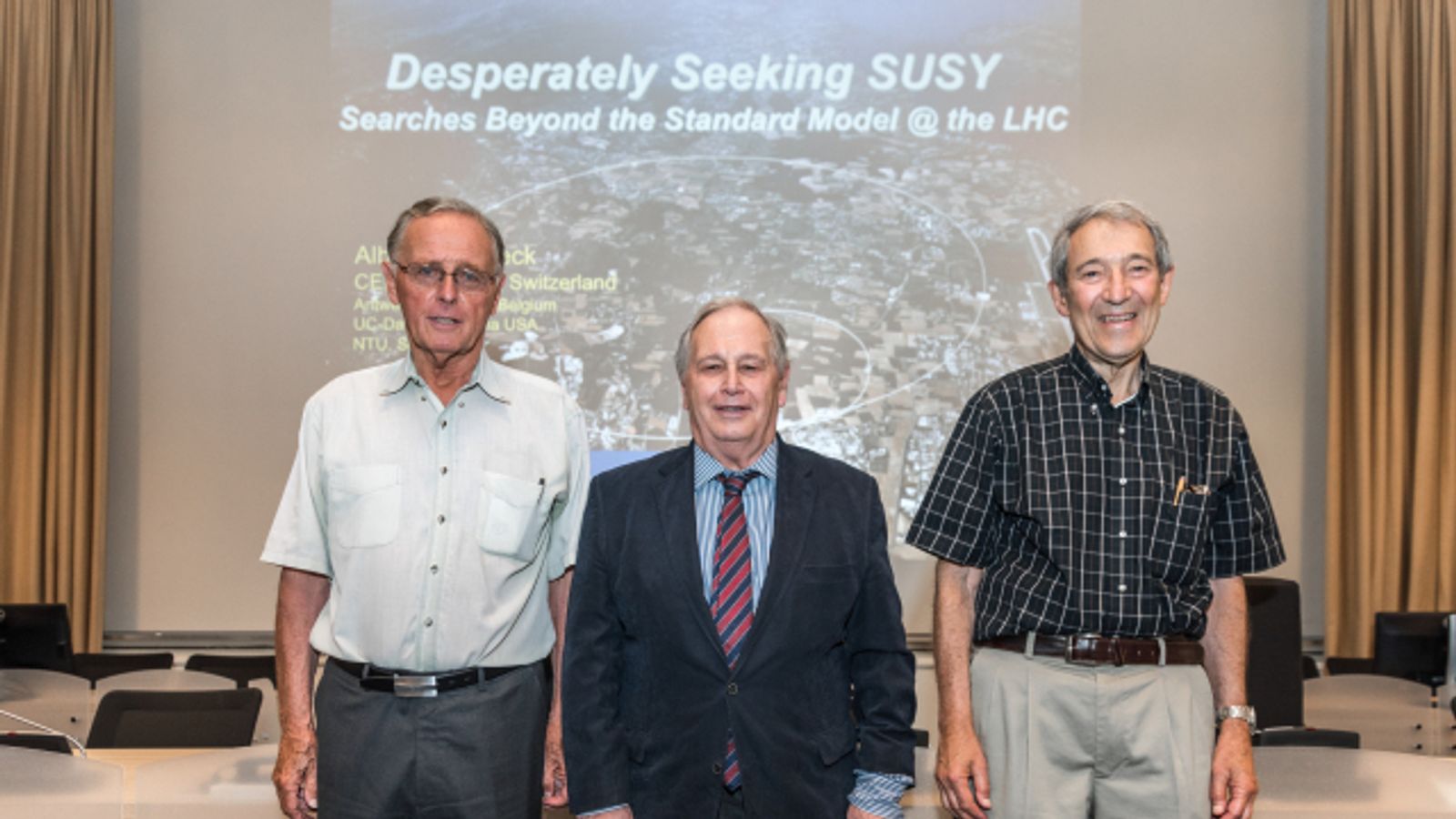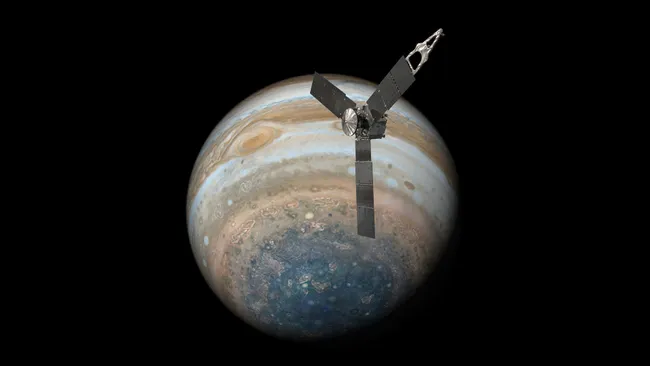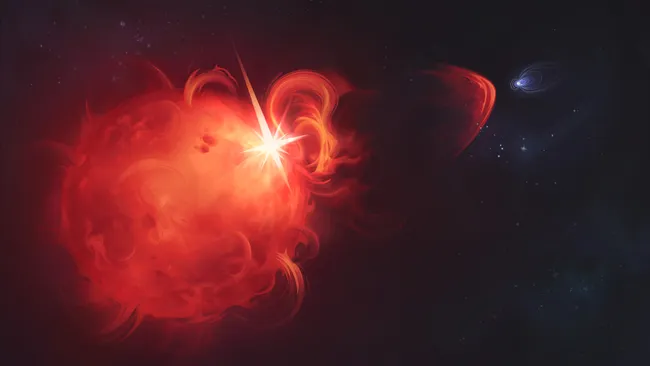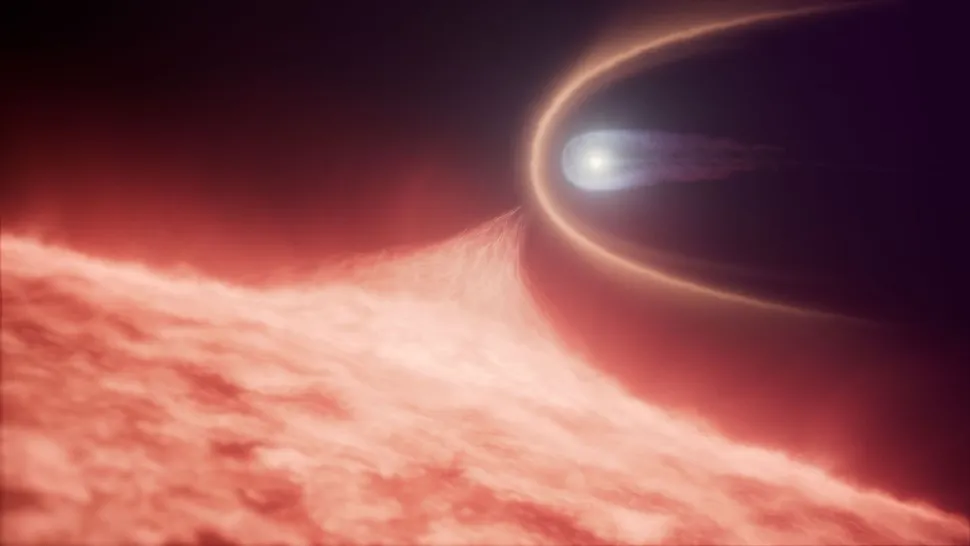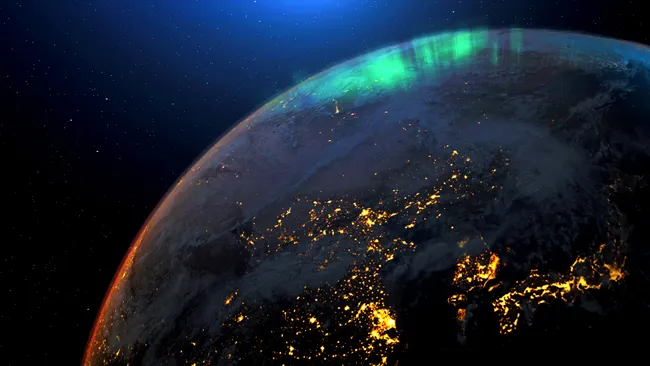Across the globe, astronomers are raising alarms over a growing threat: light pollution from human-made sources is steadily erasing the natural darkness of the night sky.
A 2023 study estimates that the brightness of the night sky caused by artificial lighting is increasing at a staggering 10% each year. Outdoor lighting for streets, buildings, and advertisements, while beneficial for safety and visibility, is now spilling over into once-remote astronomical sites — making it harder to study faint cosmic objects.
Why Ground-Based Observatories Still Matter
Space telescopes like Hubble and the James Webb Space Telescope have revolutionized astronomy, but massive ground-based observatories remain essential due to their size and accessibility. Moving all astronomical operations into orbit isn’t feasible, both because of cost and the sheer number of large telescopes already built or under construction.
For example, the Vera Rubin Observatory in Chile, now beginning operations, boasts a 28-foot (8.4-meter) mirror and a 3-gigapixel camera. One of its main missions — mapping dark matter by cataloging 2.6 billion galaxies — relies on nearly perfect darkness. Any extra light in the sky means less sensitivity, longer exposures, and reduced scientific output.
The LED Lighting Shift
Just a decade ago, sodium vapor lamps, which emitted little blue or green light, left portions of the spectrum relatively untouched. That changed with the rise of LEDs, which emit a broad spectrum and initially produced significant blue-green light — the range astronomers rely on for the clearest dark-sky observations.
While newer “warmer” LEDs have reduced this issue, the overall amount of light has soared. Studies show cities have not reduced their total light output despite energy efficiency gains — instead, they are simply using more light for the same cost.
Encroaching Skies
Once-remote mountaintop observatories are now increasingly surrounded by urban development. Mt. Wilson Observatory in California and Kitt Peak in Arizona both face vastly brighter skies than when they were built. Even isolated facilities in Chile and Texas are affected by industrial activity.
The European Southern Observatory in northern Chile, which operates four of the world’s largest optical telescopes, is facing new risks from a planned green-energy industrial complex nearby. Even if compliant with lighting laws, scattered illumination from such projects could degrade its pristine skies to the level of older observatories near big cities.
A Vanishing Birthright
Light pollution doesn’t just affect scientists. Today, around 80% of the world’s population cannot see the Milky Way, and in some cities, human eyes never fully adjust to natural darkness. In 2009, the International Astronomical Union affirmed the “universal right to starlight” — a reminder that the night sky is a shared human heritage worth protecting.

